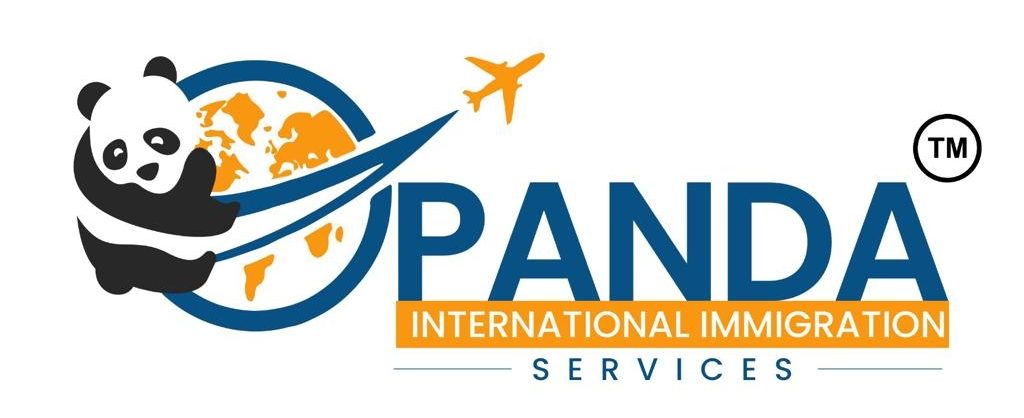Jason Clare acknowledged that some universities have been hit hard by slower visa processing and increased visa cancellations since visa processing directive ministerial direction 107 was implemented in December 2023, and promised stakeholders that specific details on an incoming cap on international enrolments will be released imminently.
“A lot has changed over the last two years,” Jason Clare addressed the Sydney audience gathered at the Australian Financial Review’s Higher Education Summit on August 20.
“Two years ago there were 521,831 international student enrolments in Australia. Today there are 810,960.”
According to Clare, this growth, widely in VET courses, has “brought back the shonks looking to make a quick buck” and “lured” people back to Australia who really are there to work, not study.
This growth resulted in ministerial 107 – the framework which gives priority to students applying to low-risk institutions, meaning their visas will be processed faster – which was introduced by former home affairs minister Clare O’Neil.
Some universities have benefited from the measure while others have been “hit hard”, said Clare.
“It’s why a lot of universities have asked me to act to put more sustainable arrangements in place. I know universities and other international education providers are craving detail. That detail will be provided to universities in the coming week.”
“I know there is a lot happening and I know change can be difficult. And this is just one part of the education system. I am also driving the same sort of reform in school education and early education,” said Clare.
Following his speech, in an interview with Julie Hare, education editor at the AFR, Clare provided further discussion on ministerial direction 107 and its relation to an incoming cap on international enrolments.
He said that the current system prioritising visas for low-risk providers is “effectively throttling the system right now” and that “anybody who works at a university or works in the sector would know that,” before commenting that a cap on international enrolments is designed to replace it as a “better mechanism”.
I know universities and other international education providers are craving detail. That detail will be provided to universities in the coming week.
Jason Clare, education minister
Part of the reason for the cap, explained Clare, is universities’ feedback on the damage being done by the instruction which has ultimately affected many provider’s bottom line.
Clare recently refuted media claims that government was intending on implementing 40% cap on international enrolments.
However, when pressed by Hare on Tuesday on “how many international students is too many”, Clare refused to put a number on it.
“The right answer to this is a level that maintains the support for this important sector in this country and enables us as a nation to build stronger relationships with other countries in our region,” he said.
Since the comments were made, Universities Australia has called on the Albanese government to revoke ministerial direction 107 in light of the significant effect it continues to have across the university sector.
Universities Australia CEO Luke Sheehy said the framework has undermined the sector’s efforts to diversify its international base, while creating significant financial anxiety and pain for universities, particularly those in regional Australia and outer suburban areas.
“The government should now go further and revoke ministerial direction 107 to stem the financial impact it continues to cause and allow universities to operate in a more stable and certain environment that offers equity and diversity of international students among universities,” said Sheehy.
The post Australia’s cap set to replace ministerial direction 107 appeared first on The PIE News.

